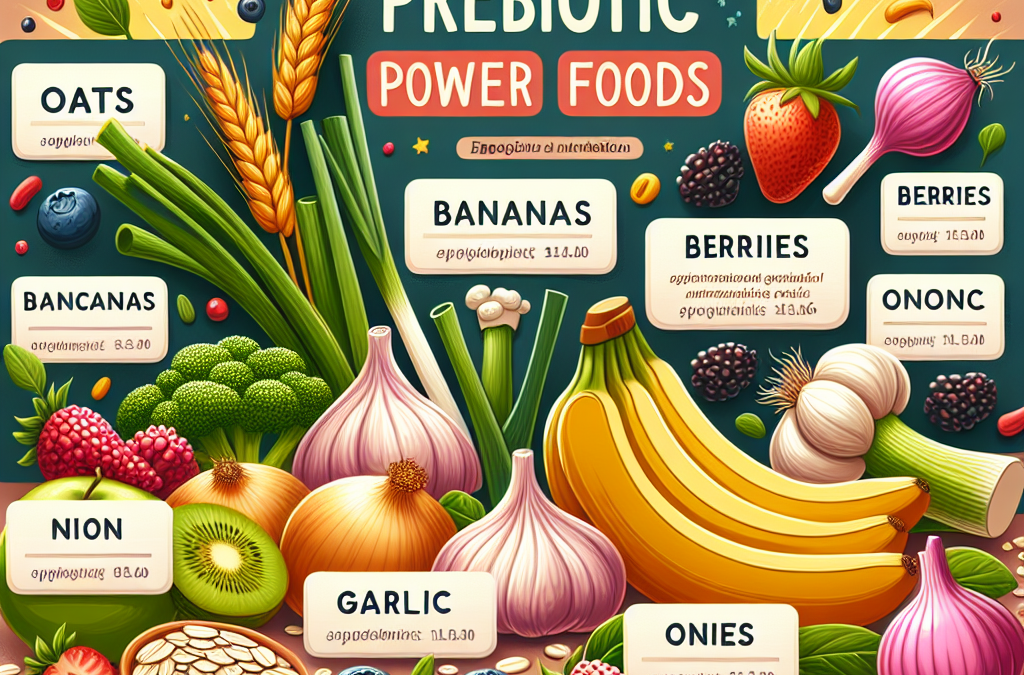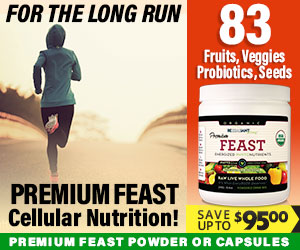- 1. Leafy Green Vegetables
- 2. Citrus Fruits
- 3. Nuts and Seeds
- 4. Root Vegetables
- 5. Berries
- 6. Legumes
- 7. Fatty Fish
- 8. Eggs
- 9. Whole Grains
- 10. Mushrooms
In 2025, nourishing your body with the best whole food sources of vitamins remains a fundamental aspect of maintaining optimal health. As more people shift toward natural, unprocessed foods, understanding which foods are rich in essential vitamins is crucial. These natural foods not only provide vital nutrients but also help you avoid synthetic supplements, supporting overall wellness. In this comprehensive guide, Iâll share the top 10 natural sources of vitamins that you can easily incorporate into your diet this year.
1. Leafy Green Vegetables
Rich in Vitamins A, C, and K
Leafy greens like spinach, kale, and Swiss chard are superstar whole food sources of vitamins. They provide an impressive profile of vitamins A, C, and K, which are essential for immune function, vision, and blood clotting. For example, just one cup of cooked spinach can provide over 100% of your daily vitamin A requirements.
In 2025, incorporating a variety of greens into daily meals is easier than ever. Whether in salads, smoothies, or sautéed dishes, leafy greens add nutritional density without many calories. They are also packed with antioxidants, which support cellular health.
To optimize your intake, aim to include different green vegetables throughout the week. This variety ensures you receive a broad spectrum of nutrients and benefits from different phytochemicals present in these plants.
Health Benefits of Leafy Greens
Consuming leafy greens is associated with reduced inflammation, better heart health, and improved digestion. Studies show that people who eat more greens tend to have lower blood pressure and reduced risk of chronic diseases.
Leafy greens are also versatile; you can add them to sandwiches, wraps, and even use them as a base for Buddha bowls. Their mild flavors make them an easy addition, ensuring you get plenty of vitamins without sacrificing taste.
As a general tip, try to include at least a cup of leafy greens in your daily meals for maximum benefits.
2. Citrus Fruits
High in Vitamin C and Flavonoids
Citrus fruits like oranges, grapefruits, lemons, and limes are some of the most popular whole food sources of vitamins. Their high vitamin C content supports immune health, skin elasticity, and iron absorption. For example, a single orange can meet nearly 70% of your daily vitamin C needs.
In 2025, enjoying citrus fruits fresh or as part of beverages is a simple way to boost your vitamin intake. The added benefit of flavonoids in citrus also promotes cardiovascular health and reduces inflammation.
Consider starting your day with a glass of freshly squeezed lemon water or adding citrus slices to salads and yogurt to integrate these vital vitamins into your diet effortlessly.
Practical Tips for Incorporating Citrus
To maximize your intake, aim to consume at least one serving of citrus daily. Fresh fruits are preferable over juices to reduce added sugars. You can also incorporate citrus zest into dressings or baking recipes for a vitamin boost.
Additionally, buying seasonal citrus ensures better flavor and nutritional quality. Remember, the vitamin C content may slightly decrease with prolonged storage, so enjoy your citrus while fresh.
By making citrus a regular part of your diet, you’ll naturally enhance your intake of essential vitamins in 2025.
3. Nuts and Seeds
Sources of Vitamin E, B-vitamins, and Minerals
Nuts and seeds like almonds, sunflower seeds, chia seeds, and walnuts are stellar whole food sources of vitamins. They are particularly rich in vitamin E, an antioxidant vital for skin health and immune function. For instance, a handful of almonds provides a significant portion of your daily vitamin E requirements.
Nuts and seeds also supply B-vitamins that support energy metabolism and brain health. Chia and flaxseeds are excellent sources of omega-3 fatty acids, which work synergistically with vitamins to combat inflammation.
Incorporate a variety of nuts and seeds into your diet by adding them to oatmeal, smoothies, or salads to leverage their nutritional benefits.
Health Impacts and Practical Uses
Regular consumption of nuts and seeds has been linked to lower cholesterol levels and improved heart health. Theyâre also convenient, portable snack options to keep your energy levels stable throughout the day.
To get the most benefits, select raw or dry-roasted options without added sugars or salt. Soaking nuts before eating can improve digestibility and nutrient absorption.
Including a handful of nuts or seeds daily is an easy way to enhance your intake of essential vitamins and healthy fats in 2025.
Huge Discount on the Best Certified Organic Whole Food Supplement!
4. Root Vegetables
Rich in Vitamins A and E
Root vegetables like carrots, sweet potatoes, and beets are excellent whole food sources of vitamins. Carrots are famously high in beta-carotene, which the body converts into vitamin A, crucial for vision and immune health. A medium-sized carrot can provide over 200% of your daily vitamin A requirement.
Sweet potatoes are also abundant in vitamin C and E, helping combat oxidative stress. These vegetables are versatile; roast, mash, or include them in stews for a nutrient-packed meal.
In 2025, emphasizing seasonal root vegetables can maximize nutrient intake while supporting sustainable farming practices.
Maximizing Nutritional Benefits from Root Vegetables
To retain vitamins, avoid overcooking. Steaming or roasting at moderate temperatures preserves more nutrients than boiling. Incorporating a variety of colors in your root vegetable choices provides a broader spectrum of vitamins.
Start with simple recipes like roasted sweet potatoes or carrot soup to enjoy their health benefits effortlessly. Including root vegetables regularly supports eye health, immune function, and overall vitality.
Integrate these tasty, nutrient-dense foods into your weekly meal plan for optimal health in 2025.
5. Berries
Sources of Vitamin C and Antioxidants
Berries such as strawberries, blueberries, and raspberries are delightful whole food sources of vitamins and antioxidants. They provide high doses of vitamin C, supporting immune health and collagen synthesis. A cup of strawberries can deliver over 70 mg of vitamin C, meeting most of your daily needs.
Berries are also rich in anthocyanins and flavonoids, which combat oxidative stress and may reduce the risk of chronic diseases. Their vibrant colors indicate high phytochemical content.
In 2025, incorporating berries into smoothies, yogurt, or oatmeal makes for an easy and tasty vitamin-boosting habit.
Practical Tips for Berries
Fresh berries are preferred, but frozen options are just as nutritious and more affordable. Try to consume berries daily or several times a week for sustained health benefits.
Sprinkle berries on your breakfast, blend into smoothies, or enjoy them as a snack. Their versatility makes it appealing for all ages to enjoy their vitamins and antioxidants.
Keep in mind that organic options may have higher phytochemical levels, further enhancing their health benefits in 2025.
6. Legumes
Vitamin B-complex and Mineral Content
Legumes such as lentils, chickpeas, and black beans are powerhouse whole food sources of vitamins. They are especially rich in B-vitamins like folate, which is critical for cell division and brain health. A cup of cooked lentils provides nearly 90% of daily folate needs.
Legumes also contain iron, magnesium, and other minerals essential for energy production and metabolic health. Their high fiber content supports digestive health and helps regulate blood sugar levels.
Adding legumes to your diet in 2025 can enhance nutrient intake and promote long-term health.
Getting Creative with Legumes
Include legumes in soups, salads, stews, or as standalone dishes like hummus. Their mild flavor makes them adaptable to many cuisines and preferences.
For optimal nutrient absorption, soak and cook legumes thoroughly. This process reduces antinutrients and enhances vitamin bioavailability.
Consistently consuming legumes provides a natural source of essential vitamins and supports a balanced, healthful diet.
7. Fatty Fish
Rich in Vitamin D and Omega-3
8. Eggs
Vitamin B12, D, and Choline in Eggs
9. Whole Grains
Vitamins B1, B3, and E in Whole Grains
10. Mushrooms
Vitamin D and Other Nutrients in Mushrooms
Frequently Asked Questions
- What are the best whole food sources of vitamins for a balanced diet?
- Leafy greens, fruits like citrus, nuts, seeds, legumes, fish, and eggs are some of the top whole food sources of vitamins that support overall health.
- How can I ensure I’m getting enough vitamins from whole foods in 2025?
- Incorporate a variety of fresh, seasonal, and minimally processed foods daily. Achieve a colorful plate with fruits, vegetables, grains, nuts, and lean proteins.
- Are supplements necessary if I eat whole food sources of vitamins?
- Most people can meet their vitamin needs through a balanced diet. Supplements may be necessary for certain deficiencies but are not the first choice for most individuals.
- Why are whole food sources of vitamins preferable to synthetic supplements?
- Whole foods provide a complex matrix of nutrients and phytochemicals that work synergistically, offering better absorption and health benefits than isolated supplements.
Conclusion
In 2025, prioritizing whole food sources of vitamins is the most natural and effective approach to maintaining optimal health. By including a diverse array of foods like leafy greens, berries, nuts, and fatty fish, you can meet your vitamin needs without relying solely on supplements. Remember, eating a balanced diet filled with these nutrient-rich foods supports not only your immune system but also your overall vitality. Make smart, natural choices today and enjoy the long-term benefits of nourishing your body with wholesome, vitamin-packed foods.




